TECH REVIEW – The Xiaomi Watch 2 Pro marks the brand’s first foray into the modern embrace of Wear OS. Additionally, it boasts the Qualcomm W5+ Gen 1 chipset. The difference between the W5+ and the traditional W5 (non-plus) chipset lies in the new Cortex M55 co-processor, which handles continuously active background tasks such as sensors, the display, and notifications.
Devices equipped with the basic W5 chipset are typically paired with external co-processors. For instance, the Google Pixel Watch 2 features only the W5 chip, paired with an older-generation Cortex M33 co-processor, unchanged since the first Pixel Watch. Both the recently announced Oppo Watch X and OnePlus Watch 2 at MWC also employ just the W5. Thus, on paper, the Xiaomi Watch 2 Pro is one of the most capable and energy-efficient Wear OS smartwatches.
The Champion of Hardware
The Xiaomi Watch 2 Pro is a sizable watch, with a 46mm stainless steel case weighing 54.5 grams, closely matching the Samsung Galaxy Watch6 Classic in size and weight. Its 1.43-inch AMOLED display offers a sharp 466 x 466 resolution and 600 nits of brightness. While it doesn’t reach the 2000 nits of the Galaxy Watch6 or the 1000 nits of the Pixel Watch 2, this disadvantage is only noticeable outdoors under direct sunlight. Indoors, the brightness difference isn’t as pronounced as one might expect from the specs sheet. In fact, at night, the Watch 2 Pro’s brightness was nearly blinding at times, but more on that later.
The Watch 2 Pro features a significant bezel around the case, which Xiaomi decorates with what it calls a ““Parisian hobnail” pattern. I’m not a watch collector fanatic, but this likely nods to the Patek Philippe Calatrava Clous de Paris model. Does it achieve the elegance of a Patek Philippe? Hardly. And you have to get really close to notice these patterns, but this trivia might still intrigue Watch 2 Pro owners. The rotating crown, similar to that on the Pixel Watch 2, aids in navigation. It’s worth noting that the crown’s dual-layer design, while thematic, felt unusual at first. There were moments during testing when I thought the black coating had chipped off, before realizing it was just the design. Xiaomi doesn’t provide an official IP rating for the Watch 2 Pro, but it does ensure 5ATM water resistance, so swimming is not a problem.
Software Needs Polishing
Using the Watch 2 Pro often reminded me of the Galaxy Watch4 when it first hit the market. The potential in Wear OS was evident, but early software curtailed the true possibilities.
For instance, I mentioned earlier that the watch nearly blinded me. The Watch 2 Pro features a nighttime mode, which can be timed, as well as a “Smart” option linked with the Always On Display feature and theoretically turns off the display while sleeping. However, even with nighttime mode activated, the screen was intensely bright, and the red light sensors intermittently flashed without pause. At times, I woke up in the middle of the night feeling like the UFOs were coming for me.
The Xiaomi Fitness app remains rather basic compared to offerings from Fitbit or Samsung. It does a good job displaying basic statistics, but is less refined and comprehensive. Some aspects, such as running statistics and sleep tracking, are more thoroughly developed than others. Xiaomi introduced sleep scores and sleep animals; here, I’m categorized as a shark (compared to a giraffe on Fitbit and a penguin on Samsung). It even goes further, planning my entire day’s activities based on my sleep patterns.
Other parts, however, remained somewhat underdeveloped. For example, skin temperature is used only for unique, ad hoc measurements, which isn’t very practical. In the Galaxy Watch6, skin temperature is used to enhance sleep tracking and women’s health tracking. While the watch records elevation data, used during run analysis, it does not offer stair-climbing data as a daily activity summary.
Focused on Running Tracking
On-site running tracking is extremely efficient with the Watch 2 Pro, providing comprehensive data on heart rate, pace, cadence, stride length, step count, elevation, VO2 Max, tracked load, and recovery times. You can try some preset training programs to improve your running. The GPS locks in instantly, sometimes faster than the Pixel Watch 2.
However, outside of running, the sampling frequency of the Watch 2 Pro’s sensors doesn’t seem as responsive. When I do any other workout in the gym, I noticed it takes a while for changes in heart rate to appear on the Watch 2 Pro, whereas the Pixel Watch 2 shows changes almost in real time. It eventually catches up but results in lower calorie burn over the duration of the workout, as shown in the screenshots below.
All continuous tracking settings are off by default on the Watch 2 Pro. All-day heart rate, SpO2, stress, and sleep tracking must be manually turned on in the settings. This naturally affects battery life. The Watch 2 Pro has a large 495 mAh battery, bigger than the 47 mm Galaxy Watch6 Classic’s 425 mAh. And with the more efficient Snapdragon W5+ Gen 1 chipset, I expected it to last at least two nights. However, with all tracking options turned on and daily workouts, the Watch 2 Pro barely outlasts the Pixel Watch 2 and its much smaller, 306 mAh battery, necessitating daily charging.
Is It Worth the Price?
All these minor issues lead back to the question of optimization. I mentioned many flaws similar to those I experienced when I originally tested the Samsung Galaxy Watch4 series as Samsung transitioned from Tizen to Wear OS. I also experienced app and sensor instability, which has since been smoothed out in the last two generations. I hope Xiaomi is working on a major Wear OS 4 update that will address these issues, especially since the Wear OS smartwatch market is becoming increasingly crowded with the introduction of the Oppo Watch X and OnePlus Watch 2. Xiaomi cannot afford to be the only one running last-generation software.
I would really like the Watch 2 Pro to succeed. It has all the makings of a full-featured Android smartwatch at an exceptionally reasonable price. Of course, there are compromises in build quality. The stainless steel case makes it heavier, and I’m not entirely sure what type of glass is used, but the running hardware itself is top-notch, even compared to upcoming competitors.
-Gergely Herpai (BadSector)-
Pros:
+ Strong hardware with Qualcomm W5+ Gen 1 chipset
+ High-resolution, bright AMOLED display
+ Water resistance and solid design
Cons:
– The software is not yet optimized, it needs to be updated
– Night mode problems, excessive brightness
– Need for frequent charging with all functions turned on
Xiaomi Watch 2 Pro
Design - 8.2
Software - 6.2
Hardware - 8.4
Usability - 6.4
Value for Money - 7.8
7.4
GOOD
The Xiaomi Watch 2 Pro is equipped with impressive hardware, but the software isn’t yet ready to fully leverage these capabilities. The display quality and water resistance are excellent, but the software needs updates and functionality improvements to stay competitive in the market. Overall, the Xiaomi Watch 2 Pro is a promising device with great potential, provided Xiaomi can address the software shortcomings.


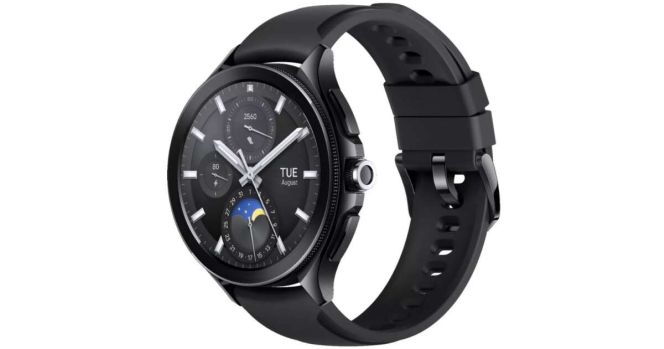
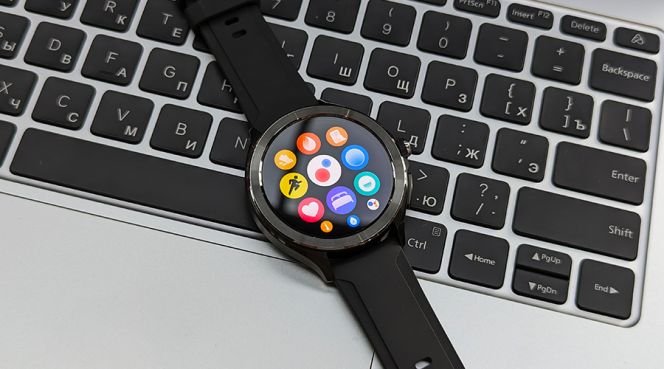
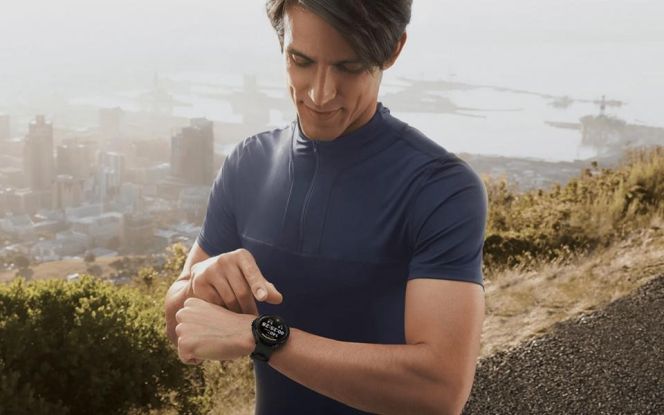


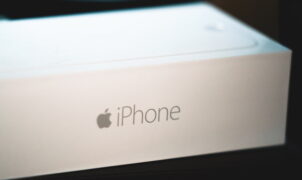




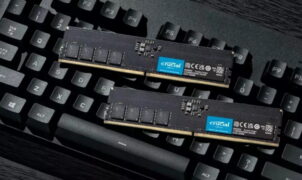
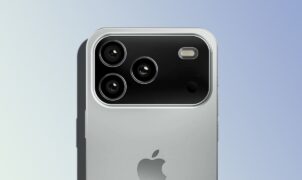
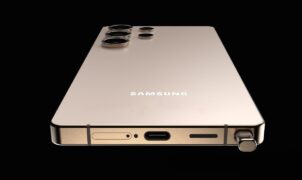




Leave a Reply